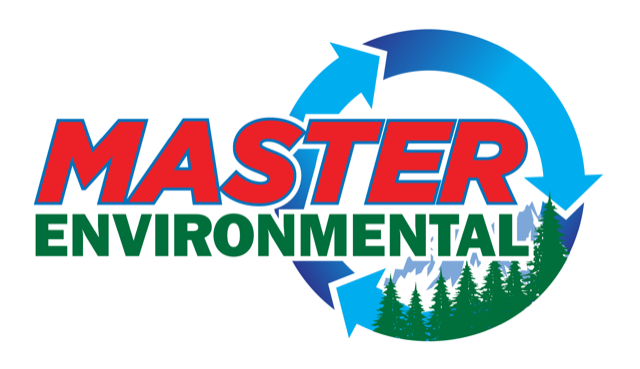Contaminated soil poses significant risks to human health, ecological systems, and compliance with environmental regulations. At Master Environmental, we recognize the critical role proper handling, excavation, and disposal of contaminated soil play in mitigating these risks. This guide outlines the key aspects of contaminated soil management, from identification to safe disposal, providing you with the knowledge to ensure compliance and protect the environment.
Understanding Contaminated Soil
Contaminated soil occurs when hazardous substances such as industrial chemicals, petroleum products, heavy metals, or other pollutants permeate the soil. Such contamination can result from industrial spills, improper waste disposal, agriculture runoff, or construction activities. Identifying and addressing contaminated soil at an early stage is essential to limit liabilities, avoid regulatory penalties, and safeguard public health.
Steps in Contaminated Soil Excavation
- Site Assessment and Testing
Proper assessment is the foundation of any excavation project. Our expert team conducts detailed site investigations, including soil sampling and laboratory analysis, to identify contaminants and their concentrations. This step ensures that the extent of contamination is fully understood, enabling accurate planning.
- Regulatory Compliance and Permits
Excavating contaminated soil involves adhering to strict local, state, and federal regulations. Master Environmental assists with obtaining necessary permits and ensuring compliance with applicable laws, such as the Resource Conservation and Recovery Act (RCRA) and relevant EPA guidelines.
- Excavation Process
Using advanced equipment and techniques, our trained professionals carefully remove contaminated soil. Priority is placed on preventing the spread of contaminants to neighboring areas, minimizing environmental impact during excavation.
- Temporary Storage and Transportation
Once excavated, contaminated soil often requires temporary and compliant storage. We ensure the use of appropriate containment solutions to prevent leaching or cross-contamination. Transportation to treatment or disposal facilities is conducted under rigorous safety and environmental standards, including hazardous waste manifesting and DOT regulations.
Safe Disposal Solutions
The final stage of contaminated soil management involves environmentally sound disposal or treatment. Depending on the nature of the contaminants, soil can be treated using techniques like bioremediation, chemical stabilization, or thermal desorption. For non-recoverable soil, landfill disposal at EPA-permitted hazardous waste facilities ensures proper containment and long-term safety.
Why Choose Master Environmental?
With decades of experience in waste management and environmental services, Master Environmental is your trusted partner for contaminated soil excavation and disposal. We combine cutting-edge technologies, a commitment to compliance, and industry expertise to deliver tailored solutions for businesses across various sectors. By partnering with us, you can rest assured that every step of the process is executed with precision, professionalism, and environmental responsibility.
Contact Us
If you are facing contaminated soil challenges or are seeking expert advice on excavation and disposal, reach out to us today. At Master Environmental, we are here to guide you through regulatory requirements and implement effective remediation solutions. Together, we can restore your site and protect our planet for future generations.
